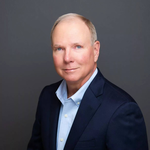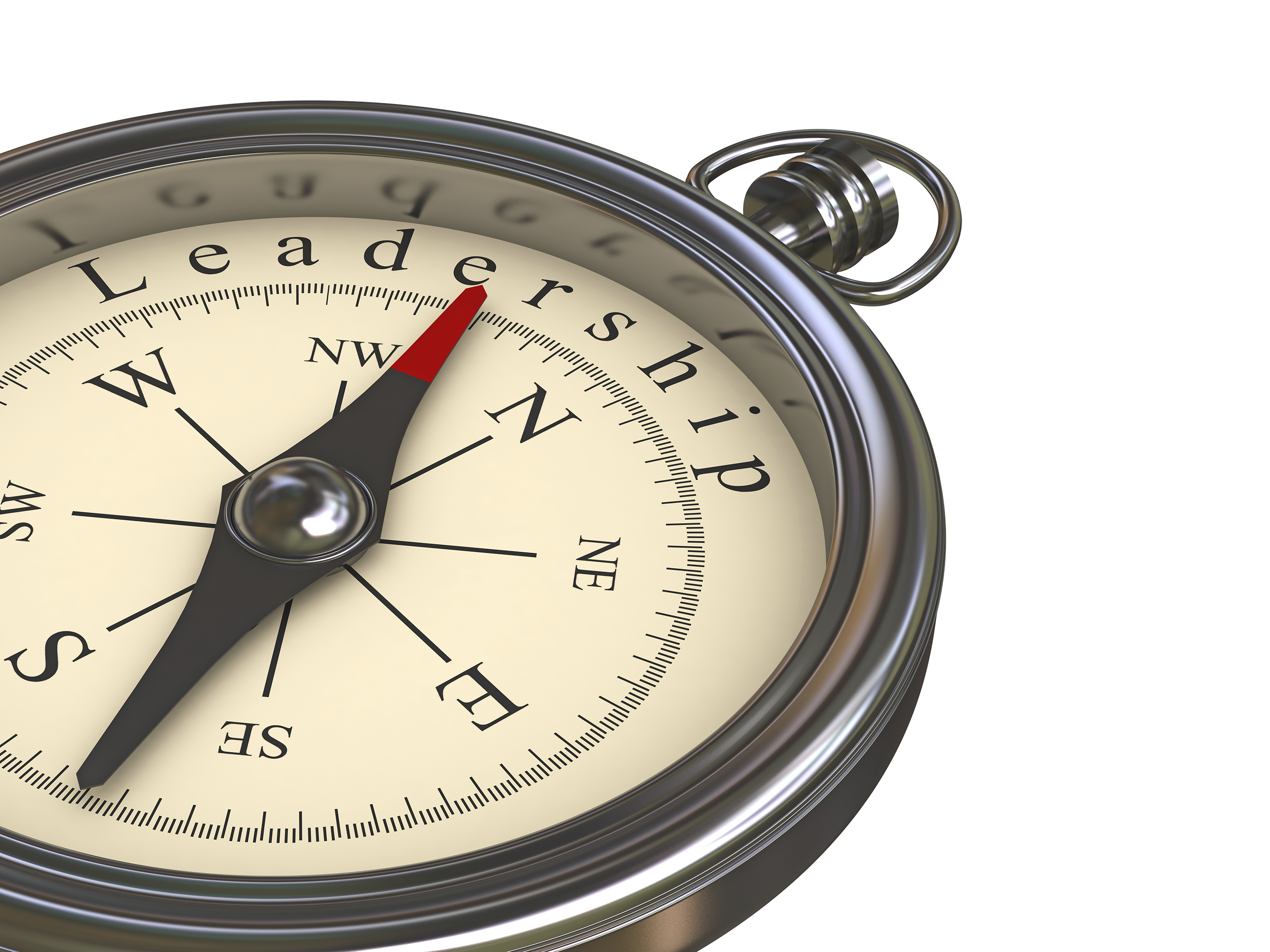The Paradox of Change

Most of us really, really dislike change! Whether it’s at home, work, church, school, etc., we are uncomfortable with and reflexively resist change. But Jack Welch admonishes us about making sure that internal changes at least match the pace of external ones. If you proactively introduce change, you’re going to get pushback, but if you don’t drive change”, what’s a construction leader to do?
Please tune in this week as Wayne recounts a story of how one business executive regularly revamps things in his organization in order to stay ahead of the obsolescence curve and presents The Change Model, a graphical tool you can download and utilize to educate your teams on how human beings react to change and how to push through the inevitable periods of CHAOS in order to achieve a new, sustainable status quo.
We’re eager to hear about how you’ve engineered changes successfully in your companies. Please comment in the section below. Thanks!
A new Contractor Business Boot Camp class starts on Oct 21st, 2021 in Raleigh. Invest in your rising high-potential leaders and prepare them for the leadership skills they’ll need to excel. Please contact Charlotte at ckopp@familybusinessinstitute.com to learn more about the program.
P.S. – Click Here to download the Change Model.
Hello, everyone. This is Wayne Rivers at The Family Business Institute. Thanks for tuning in, as always.
This week, I want to talk about the paradox of change. And I saw a terrific quote from Jack Welch. I know he's not the
same Jack Welch we thought he was back in the '90s. He's fallen out of favor with business writers. But back then, boy,
you couldn't pick up a business periodical without a picture of Jack Welch or an article or a quote from Jack Welch. He was
just the bee's knees when it came to leadership and CEO type thinking. The quote was this, it really struck me, "If the rate
of change on the outside exceeds the rate of change on the inside, the end is near." So, what he's talking about is, if you're
being out innovated in the marketplace and you're not changing internally, you're not doing things internally to improve,
then your time as a viable, sustainable business is maybe drawing here.
And what he's talking about is change, which most people resist assiduously. Most people hate change. I can think of
changes that we've done at our country club or at our church or in your community, and boy, when we decided in our
church to get a new organ 10 years ago, and new organs cost a bunch, it really divided the church. It was amazing. And
this was about a musical instrument, which should've been a business decision. It became anything but a business decision.
It became quite emotional. So, I want to talk about The Change Model. There'll be an image that you can download. This
is what we use in a good bit of our consulting to help people understand change. It's a graphic way of looking at the
psychology of change and what you need to do to make change work.
I have a tennis buddy who's really, really good at change management. He's in an engineering business and he's really,
really successful. And we were talking one day about business and he used the term, he said, "I'm going to blow up my
sales department." And I said, "Wow, you're so successful," let's just call him JB, "JB, you're so successful, why would you
really change anything?" And he said basically what we said in a blog a few weeks ago, "What got me here won't get me
there." His model, his sales model, wasn't scalable. And so, he needed to change it. He needed to add what he said was
better systems and better accountability. He didn't have the internal talent, so he hired from the outside. And it went
really poorly. He was being very vulnerable and honest with me. It went really poorly. And if you look at The Change
Model, there's this period of chaos here. So, he found himself and his company in this period of chaos.
He tried to make a change. There was a catalyst that caused him to require change. But now, whenever change gets made
and people's emotions get into it and people begin to push back against changes, you get into a period of chaos. So now
my friend hires from the outside and he's changing. He's got a new sales manager. It's going very poorly. He's in this period
of chaos. What most people do is they tend to go this way. They tend to go back to the status quo, because nobody likes
chaos. In your personal life, in your business life and your church life, et cetera, nobody likes chaos. He didn't do that. He
pushed forward. And that's what you have to do to implement successful change as you look at this model. You have to
have transforming ideas. You have to practice new skills and develop new talents. You have to push through the period of
chaos until you get to integration. And finally, you get to a new status quo at a much higher level. A very valuable tool that
we use.
The mistake he made he said, which is instructive for all of us, he hired somebody who was really, really, really qualified,
had a terrific resume, had terrific technical skills, hard skills, but who lacked empathy. And he learned from that, and we
all learn from that. We've all made poor hires. Instead of running back to status quo and doing it the old way, we've got
to push through. I've made terrible hires. We pushed through. We learn. Every time we've had to let somebody go or
somebody has left voluntarily here, we've been able to raise the capacity of the new person that we hired because we
learned, we pushed through that chaos, and we had the transforming ideas and we practiced. So, ultimately, JB pushed
through and he became more successful in the change and now he's in the middle of changing and revamping the
operations side of his company. So, he's always looking to change and innovate, and that attitude I think would serve us
all well.
So, we used this quite a bit in our last book, Our Family Business Crisis and How It Made Us Stronger. You'll be able to
download this and hopefully you'll be able to utilize it as you make changes and innovate in your company and you push
through the chaos instead of going back to the old status quo. This is Wayne Rivers at The Family Business Institute. Thank
you.


